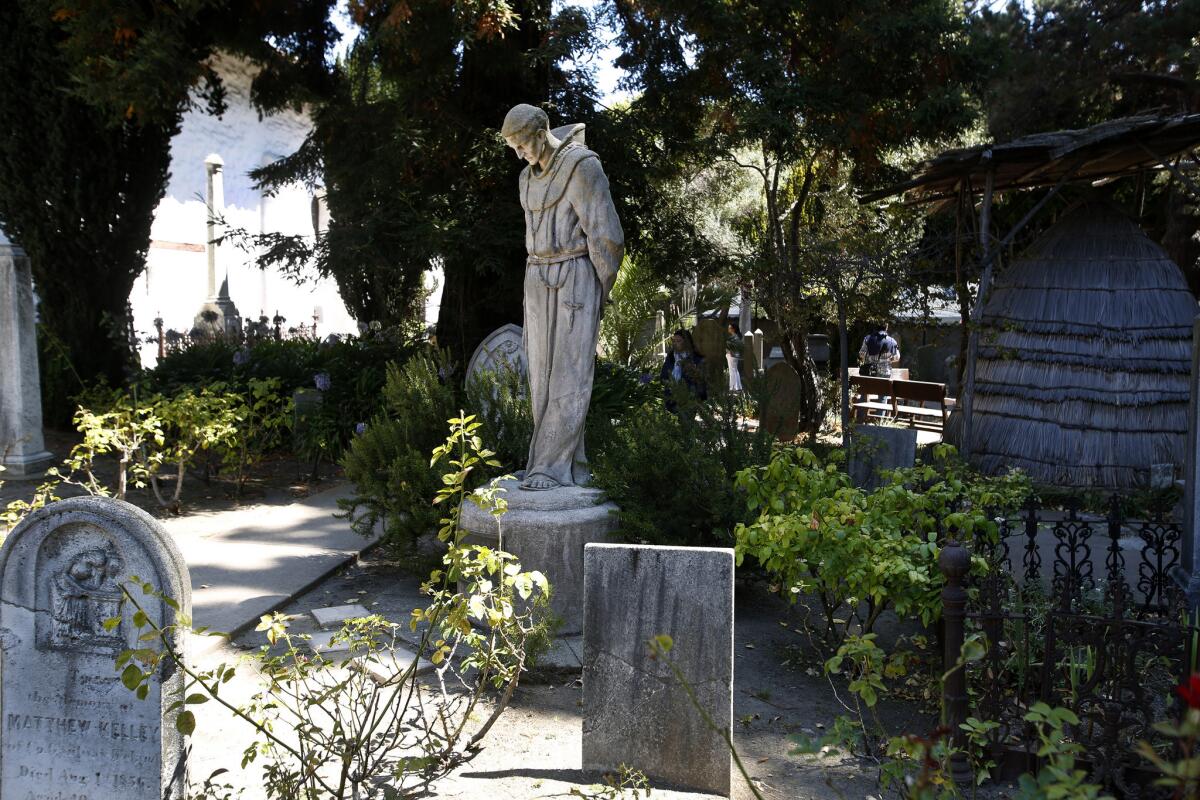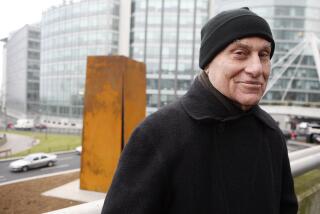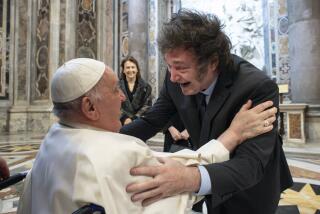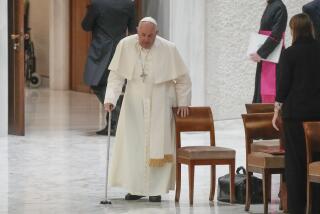Pope Francis announces plan to canonize Junipero Serra

Pope Francis surprised Catholics worldwide Thursday when he disclosed that he plans to canonize Junipero Serra, the 18th century Spanish Franciscan who founded nine missions in California and restored early places of Christian worship across the state and in Mexico.
“In September, God willing, I will canonize Junipero Serra in the United States,” the pope told journalists aboard his plane, as he flew from Sri Lanka to the Philippines, the final leg of his tour through Asia.
In comments carried by Catholic News Service, Francis said he would bypass the usual requirement for sainthood that a second miracle be verified.
“He was the evangelizer of the West in the United States,” the pontiff said of Serra’s life’s work bringing the faith to millions in the American West.
The pope made the announcement as an aside after telling journalists covering his Asia trip that he intended to seek sainthood for Joseph Vaz, a Portuguese missionary to Sri Lanka who predated Serra by a couple of decades.
The key postulator for Serra’s sainthood, Franciscan Father John Vaughn of the Santa Barbara mission, told CNS that the decision to canonize Serra came as a complete shock. “I was the last to know,” he said.
Francis is scheduled to visit Philadelphia in September to attend a world gathering of Catholic families. He is expected to also make stops at the United Nations in New York and in Washington to meet President Obama.
No details of canonization ceremonies have been disclosed, but the pope’s comments stirred speculation that he may add a visit to California to his fall itinerary.
Serra was born on the Spanish island of Mallorca on Nov. 24, 1713, and volunteered for New World mission work at the age of 36 after obtaining a doctorate in theology and developing a career in religious academia in Spain, according to a biography on the Santa Barbara Province of the Franciscans’ website.
He was first assigned to the remote Sierra Gorda region in what is now south-central Mexico’s Queretaro state, where he worked among indigenous Pame Indians. Then he embarked on an itinerant preaching mission across Mexico.
In 1758, he was dispatched to head a group of other Spanish Franciscans in evangelizing the inhabitants of Baja and Alta California, as the current U.S. state was then known.
He settled 11 years later in San Diego, where he spent most of his remaining years. He died at the Carmel mission near Monterey in 1784.
Follow @cjwilliamslat for the latest international news 24/7
More to Read
Sign up for Essential California
The most important California stories and recommendations in your inbox every morning.
You may occasionally receive promotional content from the Los Angeles Times.










